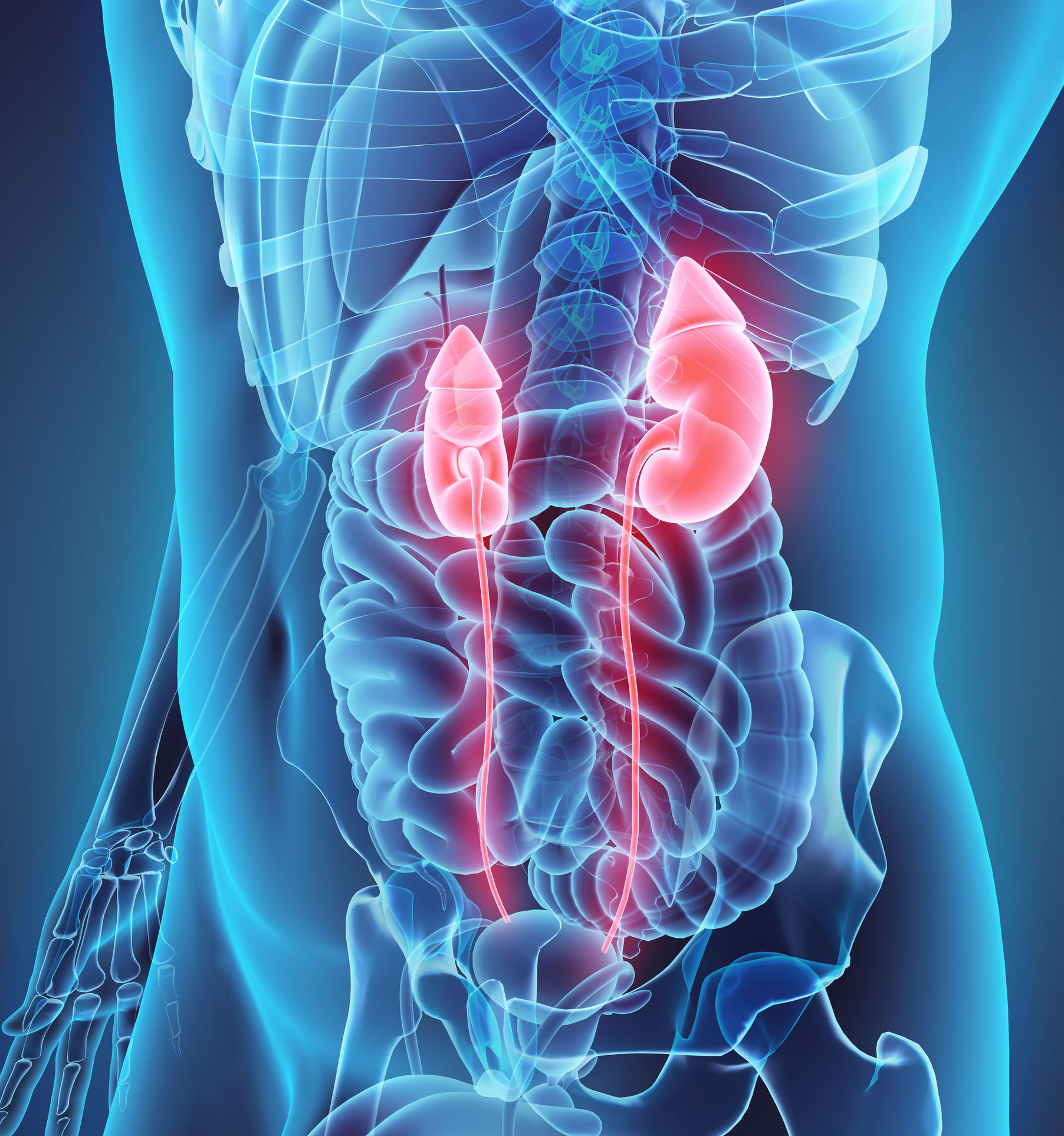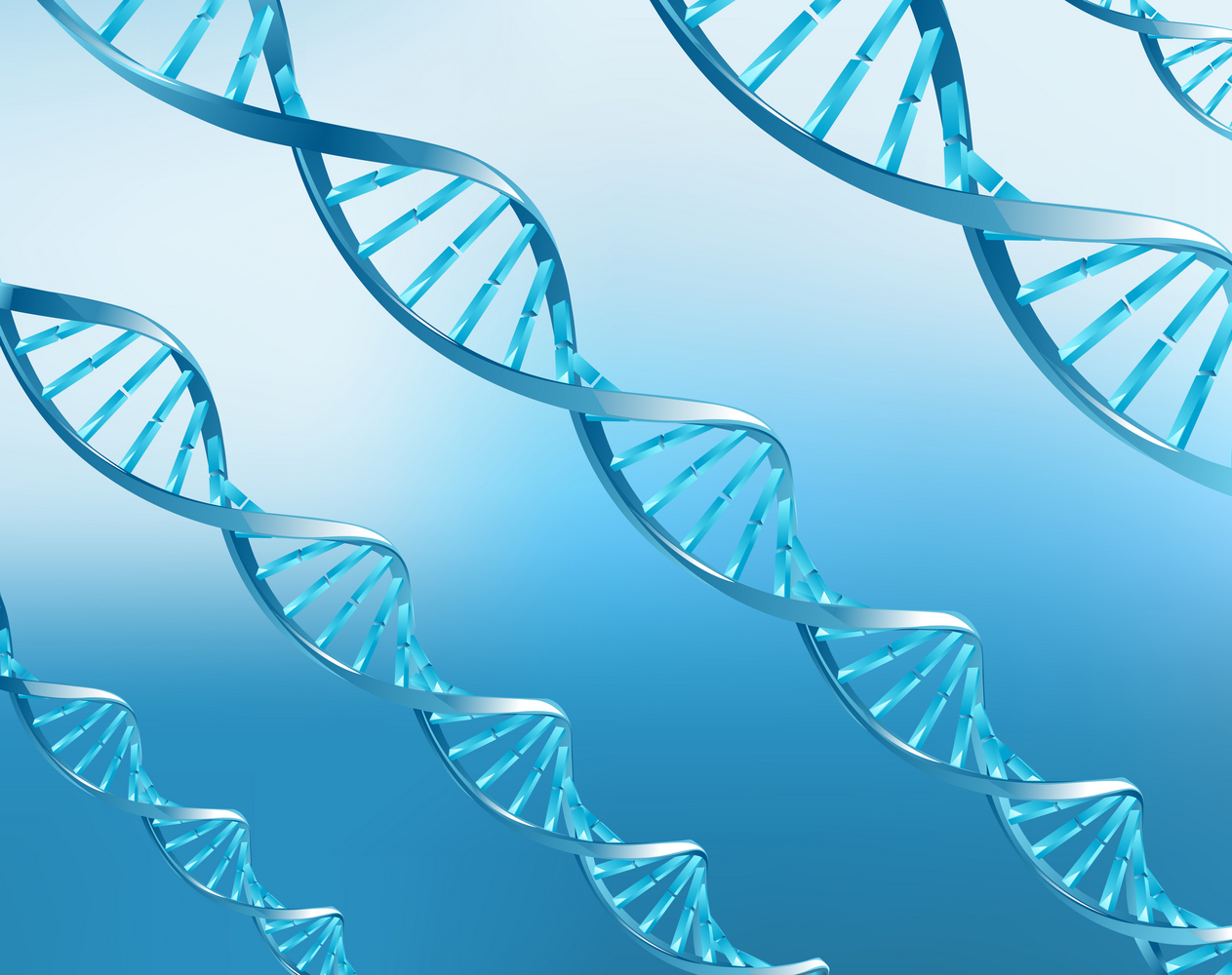Of the422 millionpeople in the world with type 1 and 2 diabetes, 20-30% will develop diabetic nephropathy, also called diabetic kidney disease (DKD) – the leading cause of renal failure in the western world1.
From the perspective of drug developers, testing new therapies to prevent, treat or reverse this serious complication relies on biomarkers for timely and accurate patient identification and efficacy or safety monitoring.
Jennifer Ennis, MD, medical director atLabcorp.D. Walt Chandler,Labcorp执行董事博士最近分享了他们对当今生物标志物的思想来检测和监控DKD。
初始检测的重要性
Early detection of kidney disease is essential to prevent or delay disease progression. Diabetic patients are typically tested for albuminuria, the presence of a small blood protein called albumin (or microalbumin) in the urine2.
“尿白蛋白测试是护理标准,推荐用于监测American Diabetes Associationguidelines,” said Ennis. “Albuminuria is an early marker of kidney damage. Essentially, the blood filtering units known as glomeruli become injured and leak albumin into the urine. It is also an important predictor of kidney disease progression.”
Estimated glomerular filtration rate (eGFR) is another common measurement to assess for kidney disease. By measuring the waste product creatinine in the blood, and factoring in a patient’s age, ethnicity and gender, the level of kidney function can be estimated. In fact, eGFR is now routinely reported along with the serum creatinine result by most major laboratories. A patient’s eGFR value typically decreases as kidney disease progresses and can be used to assess disease stage.
“The great thing about detection of early disease is that there are medical means available to avoid or delay severe kidney disease requiring dialysis,” said Chandler.
Related: Assessing Pharmacokinetics in Diabetic Patients with Impaired
Renal Function
Exploring alternate biomarkers
Given that renal impairment may start even before the albumin appears, “there is a lot of interest in identifying a urinary biomarker that can detect evidence of kidney damage at earlier stages,” explained Ennis. “Researchers are exploring different types of biomarkers, like markers of damage, inflammation or oxidative stress.”
Some markers of interest include KIM-1, NGAL, Beta 2-microglobulin and L-FABP, which indicates tubular injury, as opposed to urine albumin, which is a marker of glomerular injury. Other glomerular injury markers, such as adiponectin, ceruloplasmin and laminin have been evaluated as well, but none have been proven to be superior to albuminuria.
Cystatin C is an alternative glomerular filtration marker to creatinine that can be used to estimate GFR and is less influenced by muscle mass, giving it some advantages over serum creatinine in certain patients, such as the obese, malnourished, elderly or those with very large muscle mass3.
“Cystatin C also has prognostic utility in some patients, as increased levels have been shown to predict cardiovascular disease and mortality. Nonetheless, serum creatinine still remains the most widely used filtration marker to date,” said Ennis.
“Many interesting markers have shown an association with the development of DKD, but there isn’t one biomarker that is superior to the ones used in clinical practice now,” added Chandler.
While some may question the predictive power of current tests, he noted, “Today’s tests are widely accepted and easy to run. Of course, it would be great to have a high-tech six-biomarker panel. But if it only performs marginally better than current tests, it may be difficult to institute.”
Learn More: Charting a Regulatory Course for Diabetic Kidney Disease Treatment
A focus on the future
虽然没有新的生物标志物迄今为止在临床实践中表现出卓越的可靠性,但研究继续关注识别可能对疾病产生影响的治疗。
“We don’t have a lot of therapies that are primarily aimed at treating DKD per se – a progressive disease that ultimately results in the need for dialysis and transplant. Therefore, it’s a major focus of DKD trials today,” said Ennis.
1WHO Fact Sheet.http://www.who.int/mediacentre/factsheets/fs312/en/
2Klein, J. (2012) Biomarkers That Predict Diabetic Nephropathy: The Long Road From Finding Targets to Clinical Use.Diabetes2012年12月;61(12):3072-3073。
3Shlipak, M. G., et al. (2013). Update on Cystatin C: Incorporation Into Clinical Practice.美国肾病杂志62(3), 595–603.http://doi.org/10.1053/j.ajkd.2013.03.
 Catch up on other recent DKD articles in this series:
Catch up on other recent DKD articles in this series:
Leveraging Real-World Patient Data to Support Recruitment in Diabetic Kidney Disease Studies












